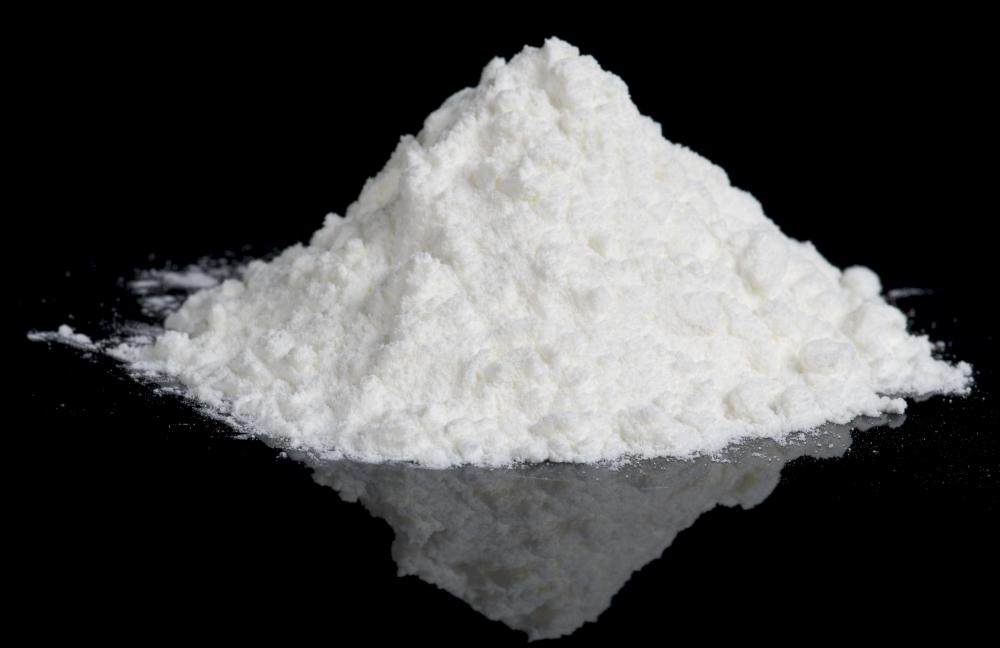
PVC processors across Asia are reporting severe resin shortages and skyrocketing prices. This problem appears to be continuing into July and the coming months. What was the cause of this? What effect will this have on the PVC resin market in the coming months? What should OEMs with PVC components in their products be doing now?
What Happened?
The COVID-19 pandemic is the root cause of this crisis. The years 2020 and the beginning of 2021 were tumultuous. PVC resin manufacturers, like many others, saw some product shifts as a result of COVID-19 disruptions.
Many plants experienced staffing issues as a result of COVID-19 rules and regulations, as production facilities, shipping ports, and supply chain logistics all saw a slowdown when quarantined production shifts removed days of labor, as well as short staffing due to symptomatic employees. As a result, PVC resins were already scarce.
What does this mean for us?
Why is this important to you? Well, Polyvinyl chloride is the world’s third-most widely produced synthetic plastic polymer. About 40 million tons of PVC are produced each year. Most PVC consumers are going to increase spending on PVC supplies as we continue to see a decrease in plastic. What does this translate to? Higher prices, ongoing allocations, longer lead times, etc. PVC resin prices in Asia are expected to continue going up through March as a result of the strong demand and short supply.

What should we do?
As the resin crisis continues, Litaflex recommends collaborating with us to confirm allocations and future supply. The resin crisis will continue to worsen before it improves. This crisis is expected to last until the third quarter of 2021, if not longer.
While we navigate these tough times, our engineering services team can work with you to identify solutions to your business problems.
Be prepared to make long-term supply commitments today, knowing that this crisis will likely last for months, and PVC resins will likely see a price increase as the resin shortage persists.
How are we going to mitigate this crisis in the near future?
As we work to overcome this crisis, it is critical to remember that you must have a committed manufacturer moving forward. Speaking with your manufacturer about your year’s forecast and volume requirements will not only help them plan and prepare for your demand but will also keep your company at the forefront of their minds if a crisis does occur.
In the midst of the PVC resin crisis, businesses are placing orders with manufacturers and receiving terms like “20 to 50 week lead times.” When you already have a committed relationship and requirement with a PVC manufacturer like Litaflex, your forecasted supply is already factored in, resulting in faster product response times.
A committed relationship will also allow you to have some “buffer stock” on hand in case these types of delays occur again. Finally, whether there is a resin crisis or not, the more lead time you can provide your manufacturer or supplier, the less you will have to worry about hiccups delaying your products in the future!
Conclusion
As PVC resin plants continue to recover from the pandemic setback, companies continue to face productivity issues as a result of COVID-19 labor challenges. Supply of both domestic and imported PVC resins continues to fall short and worsen in Asia’s PVC resin crisis. Some quick tips before we conclude :
1) Provide a long-term production forecast.
2) Think about making long-term commitments on orders.
3) Allow for plenty of lead time on orders.
4) Be ready for cost increments.
Consult with Litaflex to devise a strategy for dealing with this setback. As a reminder, the best way to address the current resin crisis is to be proactive and take measurable proactive steps.

